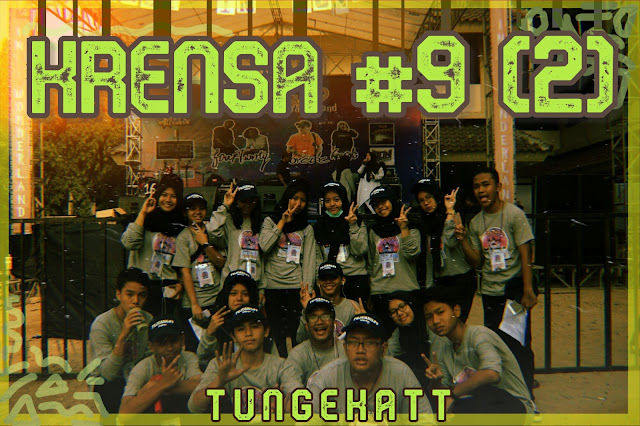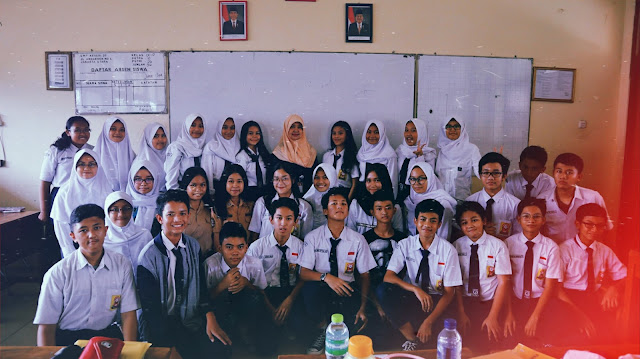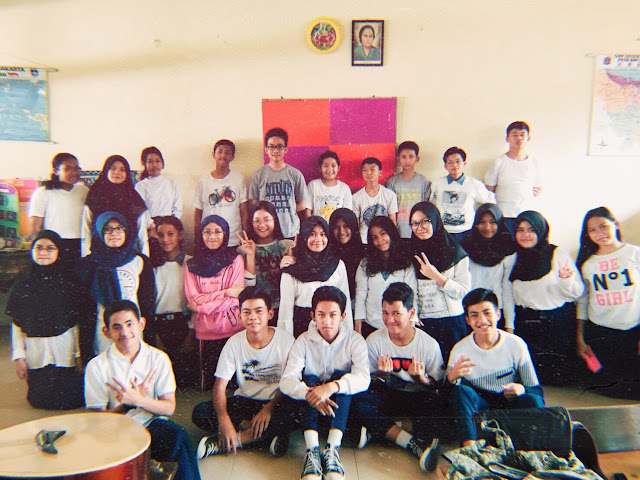bekel ketemu ka aim4n
Certainly! Here’s a step-by-step assessment and preparation guide to help you feel more comfortable and confident for your conversation the next day:
Step 1: Self-Reflection
Purpose: To understand your own interests and experiences better.
- Reflect on Your Career and Experiences:
- Think about why you chose graphic design and what you enjoy most about it.
- Consider any interesting or challenging projects you’ve worked on.
- Reflect on your daily work life and any unique stories you can share.
- Identify Your Interests and Hobbies:
- List your hobbies and what you enjoy about them.
- Think about your favorite travel experiences, movies, books, and music.
Step 2: Research and Learn
Purpose: To have meaningful contributions to topics the other person is interested in.
- Learn About Coffee:
- Read a few articles or watch videos on different types of coffee, brewing methods, and coffee culture.
- Learn some coffee terminology and interesting facts.
- Explore Aviation Basics:
- Look up basic information about aviation, different types of aircraft, and notable advancements in the field.
- Watch a documentary or read an article about aviation to have a general understanding.
Step 3: Prepare Questions
Purpose: To keep the conversation flowing and show genuine interest.
- About Graphic Design:
- What are some recent design trends you find exciting?
- Do you have a favorite project you’ve worked on?
- About Coffee:
- What are some unique coffee brewing methods you've encountered?
- Do you have a favorite type of coffee or a memorable coffee experience?
- About Aviation:
- How did you become interested in aviation?
- Are there any aviation advancements or aircraft that you find particularly fascinating?
- General:
- What inspired you to choose your current career path?
- What are your hobbies outside of work?
Step 4: Practice and Relax
Purpose: To build confidence and ease anxiety.
- Practice Speaking:
- Practice talking about your own experiences and interests out loud, either in front of a mirror or with a friend.
- Role-play potential conversation scenarios with a friend or family member.
- Relaxation Techniques:
- Take deep breaths to calm any nerves before the conversation.
- Remember to listen actively and be present in the moment.
Step 5: Engage and Connect
Purpose: To build a genuine connection during the conversation.
- Active Listening:
- Pay attention to what the other person is saying and show interest through nodding and verbal affirmations.
- Share and Relate:
- Share your experiences and relate them to what the other person is talking about.
- Use anecdotes and stories to make your points more engaging.
- Be Yourself:
- Be authentic and honest in your responses.
- Don’t be afraid to share your thoughts and feelings on various topics.
Example Conversation Starters
- Career Paths:
- "I've been working as a graphic designer for the past two years, and it's been really rewarding. What's your favorite part about being a barista?"
- Interests:
- "I'm really into digital art and design. Do you have any creative hobbies or interests?"
- Coffee:
- "I've always been curious about different coffee brewing methods. Do you have a favorite way to make coffee?"
- Aviation:
- "Aviation seems like such a fascinating field. How did you get interested in it?"
By following this guide, you’ll be well-prepared for a meaningful and engaging conversation. Good luck!
When a 20-year-old woman working as a graphic designer and a 24-year-old man working as a barista with interests in coffee and aviation meet for a 5-hour conversation, there are many engaging topics they can explore. Here are some feasible conversation topics that can keep the discussion interesting and dynamic:
Personal Backgrounds and Experiences
- Career Paths: Discussing their career choices, what led them to their current jobs, and any interesting experiences they’ve had at work.
- Daily Work Life: Sharing a typical day in their respective jobs – graphic design projects and coffee shop stories.
- Future Goals: Talking about their future aspirations and where they see themselves in a few years.
Interests and Hobbies
- Graphic Design: Discussing the world of graphic design, favorite projects, design software, and current trends in the industry.
- Coffee: Exploring different types of coffee, brewing techniques, coffee culture, and favorite coffee shops.
- Aviation: Talking about aviation, different types of aircraft, experiences with flying, and future technologies in aviation.
Education and Learning
- Self-Education: Sharing resources and methods for learning new skills outside of a formal educational setting.
- College Experiences: Comparing and contrasting the experience of going to college versus working straight out of high school.
- Professional Development: Discussing certifications, workshops, and other ways to advance their careers.
Lifestyle and Leisure
- Hobbies: Talking about hobbies they enjoy outside of work, such as reading, sports, art, or travel.
- Travel Stories: Sharing past travel experiences, favorite destinations, and dream trips.
- Movies, Music, and Books: Discussing favorite movies, music genres, books, and recommendations.
Technology and Trends
- Tech in Work: Discussing the impact of technology on their jobs, such as new design tools or coffee-making gadgets.
- Social Media: Exploring how they use social media for personal or professional purposes.
- Current Events: Talking about recent news or trends in their fields of interest.
Philosophical and Deep Conversations
- Life Philosophy: Sharing thoughts on work-life balance, personal values, and what they find meaningful in life.
- Societal Issues: Discussing societal trends, cultural shifts, and how they perceive changes in their communities.
- Personal Growth: Exploring topics related to personal development, overcoming challenges, and learning from failures.
Fun and Light-hearted Topics
- Favorite Foods: Sharing their favorite foods, recipes, and memorable dining experiences.
- Pets and Animals: Talking about pets or favorite animals and funny stories involving them.
- Games and Activities: Discussing favorite games, whether video games, board games, or outdoor activities.
By covering a variety of these topics, they can ensure a lively and engaging conversation that allows them to learn more about each other and build a connection.






Comments
Post a Comment